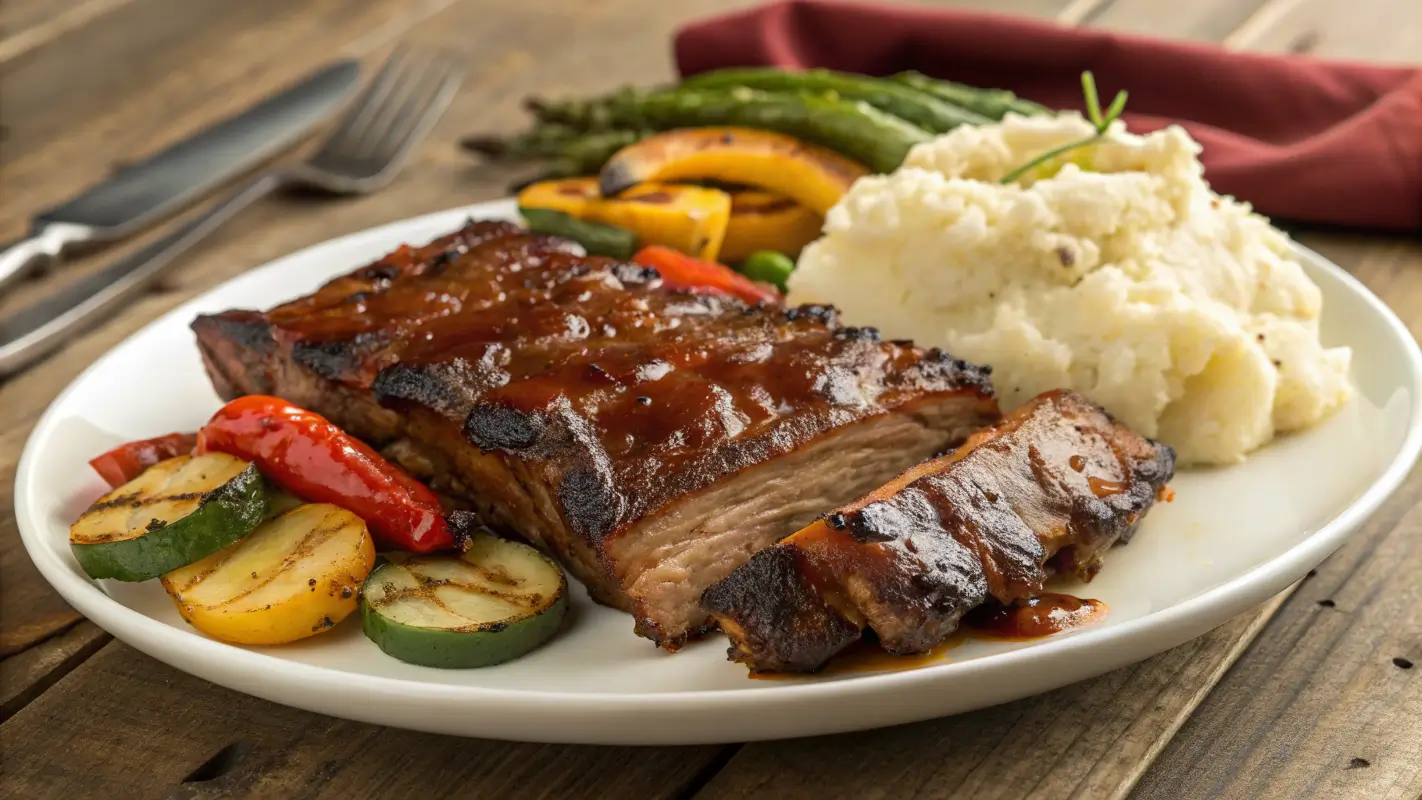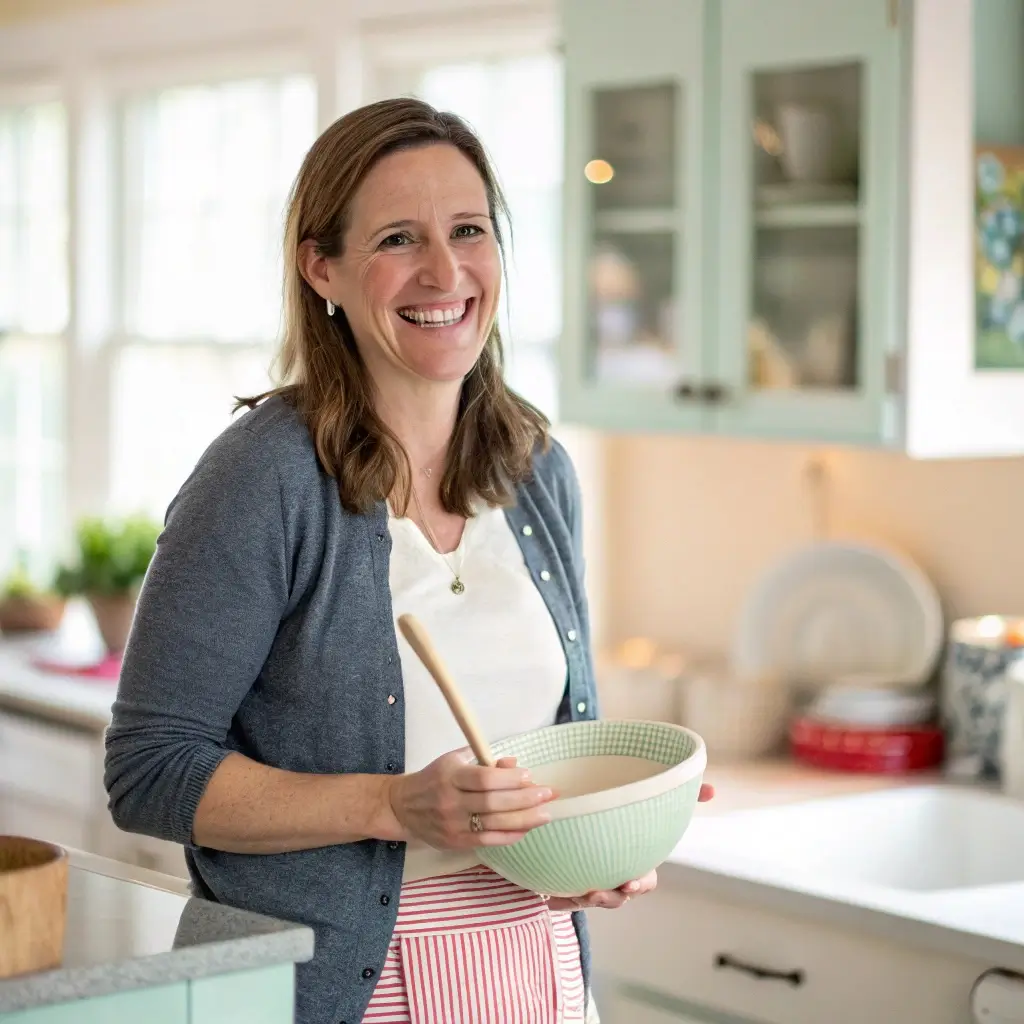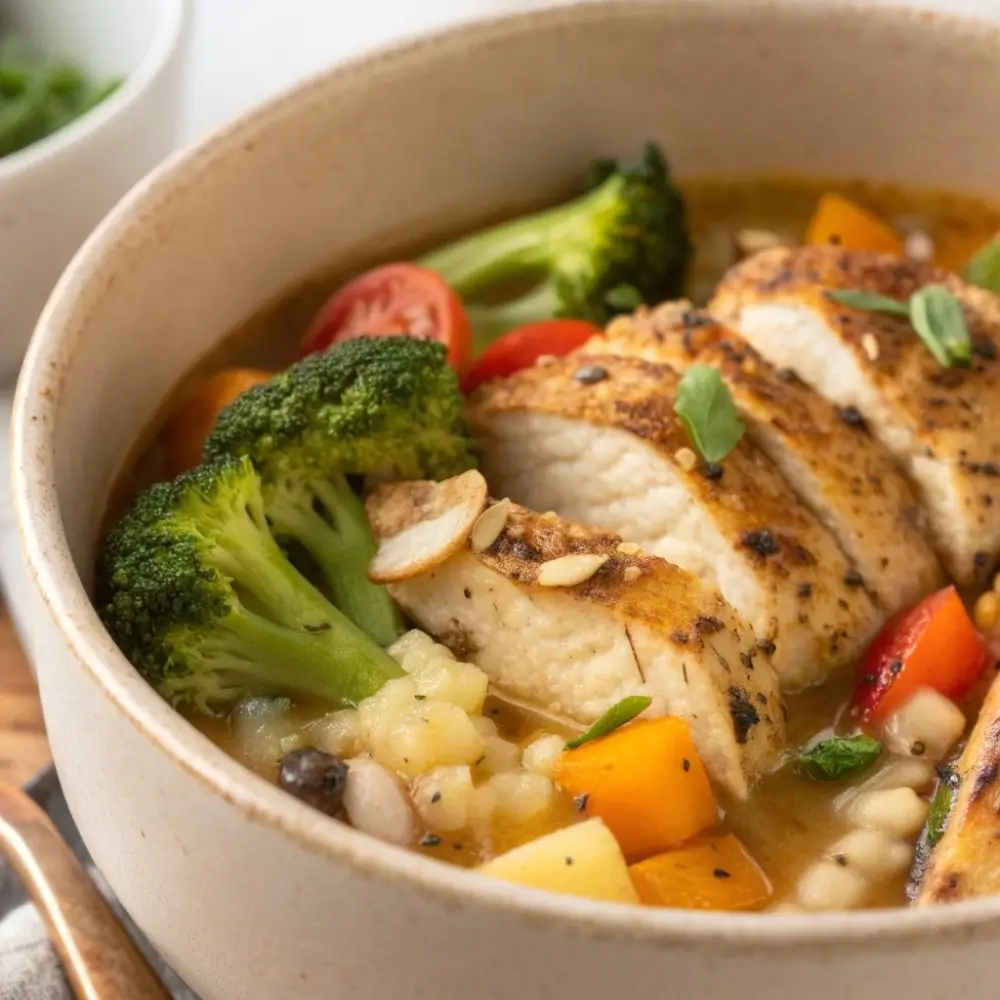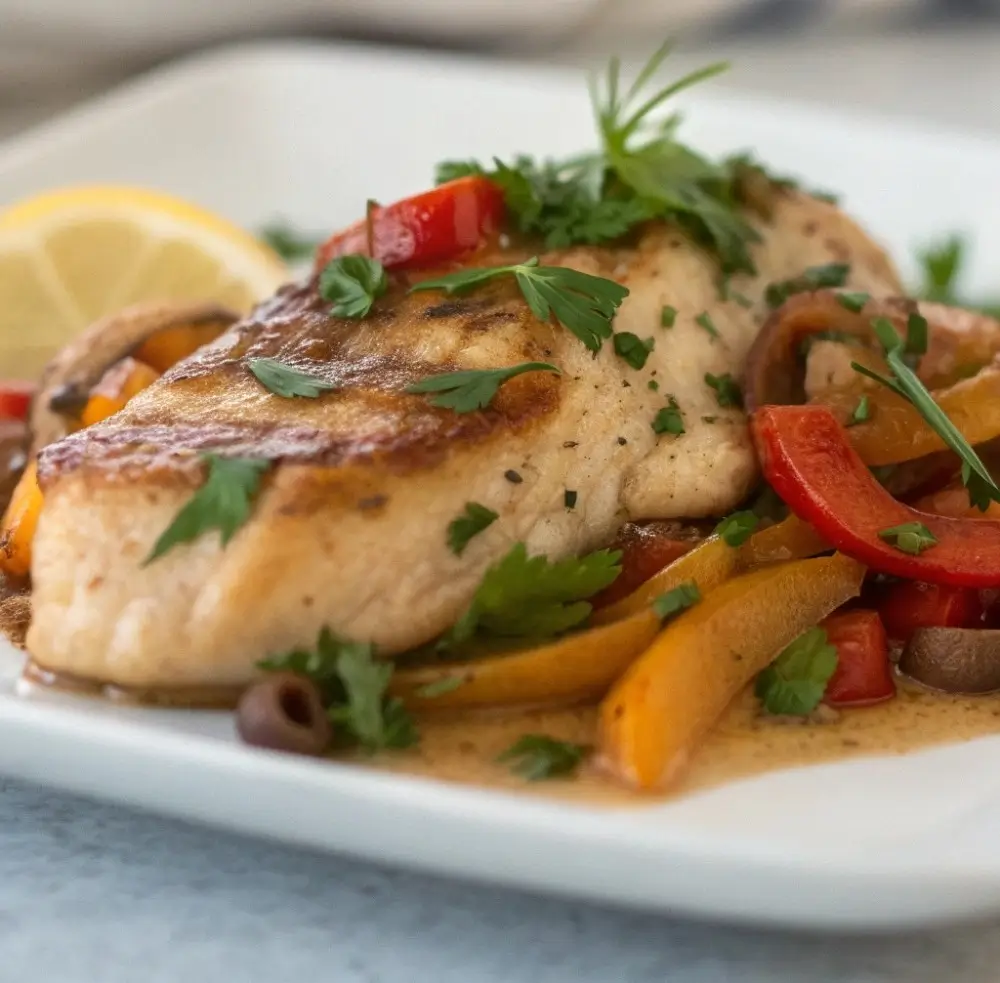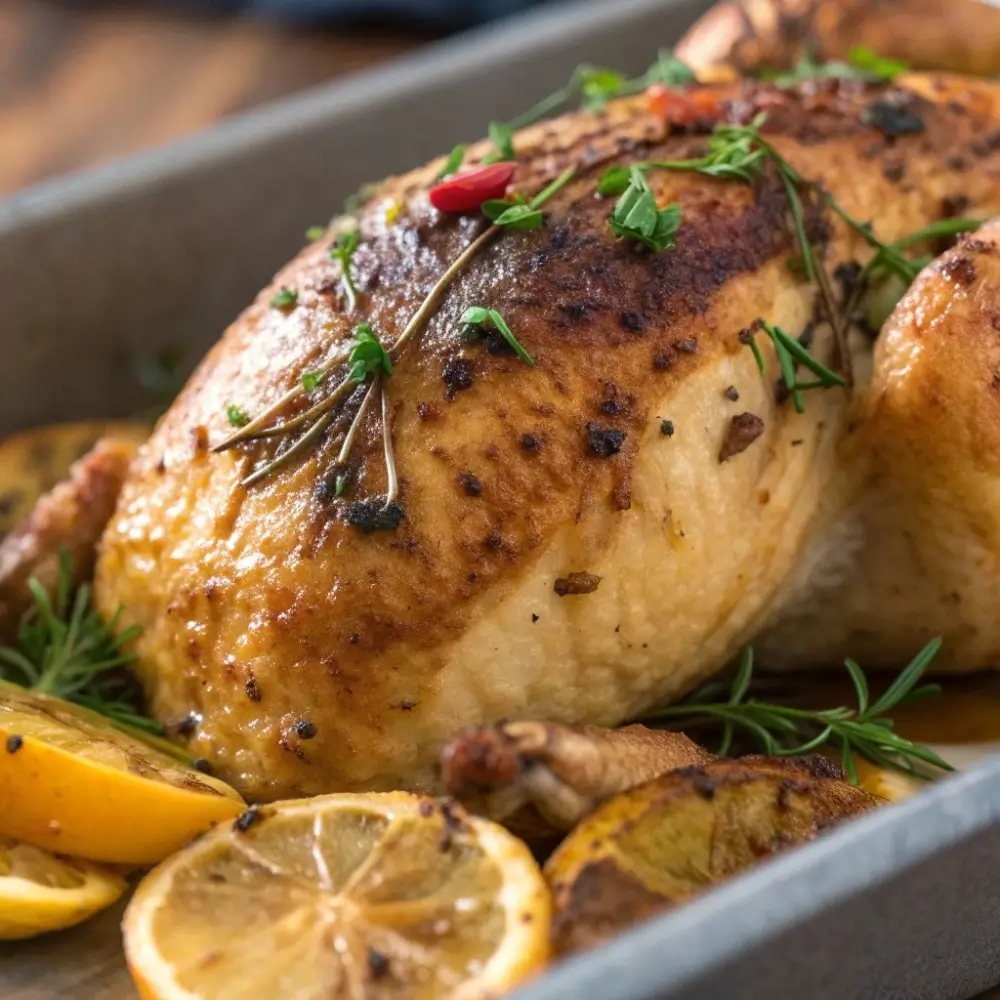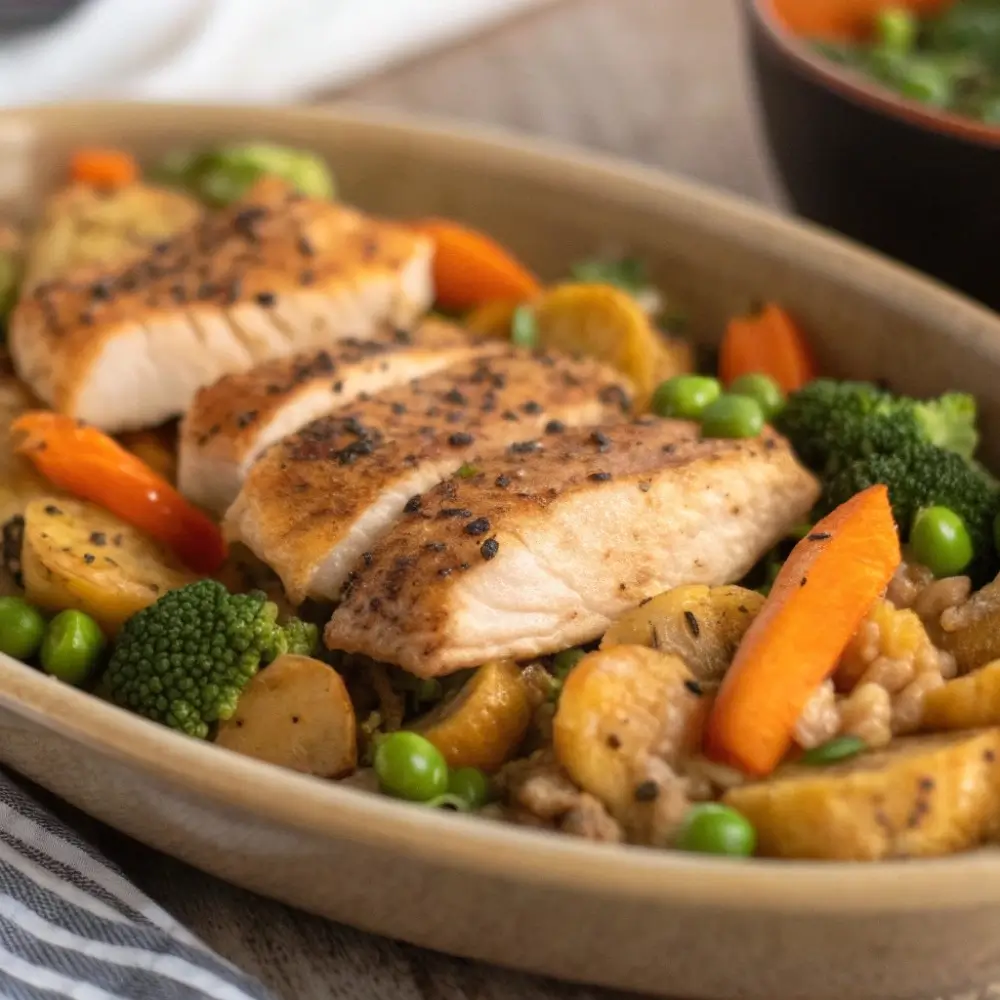Table of Contents
Introduction to Beef Back Ribs
When it comes to grilling or slow cooking, beef back ribs are a true crowd-pleaser. These tender, juicy ribs are packed with flavor and are perfect for a weekend barbecue, holiday meal, or simply a satisfying dinner with the family. Whether you’re a seasoned grill master or just starting to explore the world of beef ribs, this article will walk you through everything you need to know to create the most succulent, flavorful beef back ribs you’ve ever tasted. From selecting the right cut of meat to cooking it to perfection, we’ve got you covered.
What Are Beef Back Ribs Recipe?
Beef Back Ribs Recipe, often referred to as baby back ribs, come from the rib section of the cow, located near the spine. This cut is incredibly popular due to its tenderness and the delicious layers of meat that surround each rib bone. Unlike short ribs, which are cut from the lower part of the rib cage, beef back ribs are usually longer and offer a leaner cut of meat. When cooked properly, they become incredibly tender and juicy, making them the perfect choice for anyone craving a flavorful and satisfying meal.
Definition and Characteristics
These ribs are characterized by their large, meaty portion on each bone, which, when prepared right, becomes fall-off-the-bone tender. The ribs themselves are typically covered with a thin membrane, which needs to be removed before cooking for maximum tenderness.
The flavor profile of beef back ribs is rich and beefy, with a slight sweetness when caramelized with a glaze or marinade. They take well to a variety of seasoning techniques, whether you’re opting for a dry rub, marinade, or a simple sprinkle of salt and pepper.
Differences Between Beef Back Ribs and Short Ribs
While both cuts come from the same general area of the cow, there are some key differences. Beef back ribs are generally leaner and longer, offering a cleaner look and easier presentation compared to short ribs. The short ribs tend to have more fat marbling, which makes them rich and flavorful but also heavier. On the other hand, beef back ribs offer more flexibility in terms of cooking techniques and are a great choice if you prefer a leaner cut with just the right amount of marbling for flavor.
Selecting the Perfect Beef Back Ribs
Choosing the right beef back ribs is crucial to ensuring a tender, flavorful meal. Whether you’re shopping at a local butcher or the supermarket, knowing what to look for can make all the difference.
How to Choose Quality Beef Back Ribs
When you’re browsing the meat section, look for ribs that are bright red with a little marbling. The marbling refers to the small streaks of fat running through the meat, which helps add flavor and tenderness when cooked. A good beef back rib should have a moderate amount of fat without being overly fatty. Too much fat can make the ribs greasy, while too little fat can result in a dry, chewy texture. Also, avoid ribs that have excessive bone exposure or are overly thin, as this can indicate poor quality or improper butchering.
Identifying Freshness
Freshness is another key factor when selecting beef ribs. Check for a fresh, clean smell – any sour or off-putting odors should immediately raise a red flag. Additionally, look for ribs that have a consistent color throughout. Pale or grayish hues suggest that the ribs may not be as fresh and could affect the flavor. The packaging should also be intact and not leaking.
Understanding Rib Sizes
Beef back ribs vary in size depending on the cut. You’ll find ribs with anywhere from 6 to 10 ribs per rack. If you’re cooking for a larger group, consider purchasing multiple racks or look for larger cuts with more ribs per portion. Generally, smaller racks (6-7 ribs) are great for smaller meals or if you’re new to cooking beef ribs.
Where to Purchase Beef Back Ribs
You can find beef back ribs at most grocery stores, but for the best quality, try to visit a butcher shop or order from an online meat delivery service. Some local butchers may even offer to cut the ribs to your preferred size. If you’re buying from a supermarket, make sure to check the packaging date and freshness before making a purchase.
Now that you’ve selected the perfect beef back ribs, it’s time to move on to preparation. Keep reading as we guide you through the steps of prepping your beef back ribs for a flawless cook.
Preparing Beef Back Ribs
Preparing your beef back ribs properly ensures that they cook evenly and absorb all the delicious flavors you add during the seasoning process. Here’s a step-by-step guide to getting your ribs ready for the grill, smoker, or oven.
Essential Tools and Equipment
Before you start, make sure you have the right tools on hand. A sharp knife is essential for trimming, a pair of kitchen shears can help remove the membrane, and a sturdy cutting board will keep everything organized. You may also want a basting brush if you’re planning to apply a glaze or marinade during cooking. Lastly, don’t forget your favorite seasonings or marinades!
Recommended Knives and Cutting Boards
A sharp boning knife or chef’s knife is ideal for trimming excess fat from the ribs. You’ll also need a clean, large cutting board to handle the ribs. Make sure to sanitize the board well afterward, as raw meat can carry bacteria.
Step-by-Step Preparation Process
The first step in preparing beef back ribs is removing the silver skin, a thin membrane that covers the ribs. This membrane can prevent marinades from penetrating the meat and can also become tough during cooking, leading to a less-than-tender bite.
Removing the Membrane
To remove the silver skin, use a butter knife or your fingers to gently lift one corner of the membrane. Once you’ve got a grip, pull it off slowly. It should come off in one piece, but if it breaks, you can simply repeat the process on any remaining sections.
Trimming Excess Fat
While a small amount of fat will help keep the ribs juicy, you don’t want too much. Trim away any large pieces of fat or unappealing parts, but leave enough to add moisture while cooking. Be cautious not to cut too deeply into the meat itself.
Marinating and Seasoning
Once your ribs are prepped, it’s time to flavor them. A simple rub of salt and pepper works wonders, but you can also create a flavorful marinade or dry rub. For a classic touch, mix brown sugar, garlic powder, paprika, and chili powder for a sweet and smoky flavor. Allow the ribs to marinate for at least an hour, or ideally overnight, to let the flavors soak in.
Cooking Methods for Beef Back Ribs
Once your beef back ribs are prepped and seasoned, it’s time to explore the different ways you can cook them. Whether you’re firing up the grill, smoking them low and slow, or baking them in the oven, each method brings out different qualities in the meat. Let’s dive into the best cooking techniques for making your beef back ribs fall-off-the-bone tender and packed with flavor.
Oven-Baked Beef Back Ribs
Baking beef back ribs in the oven is one of the easiest and most reliable methods, especially for those who don’t have access to a grill or smoker. This method allows the ribs to cook evenly, and you can still achieve that melt-in-your-mouth tenderness.
Preheating and Temperature Settings
Start by preheating your oven to 275°F (135°C). A low and slow cook will yield the best results, allowing the collagen in the ribs to break down and make the meat incredibly tender. While some may suggest cooking at higher temperatures, this slow method helps preserve the juiciness and tenderness of the beef.
Cooking Time and Techniques
Place your prepared beef back ribs on a rimmed baking sheet lined with aluminum foil, bone side down. Cover the ribs with another layer of foil to lock in moisture. Bake for about 2.5 to 3 hours. Halfway through, you can brush your ribs with barbecue sauce or any glaze of your choice to enhance the flavor. If you prefer a caramelized finish, remove the top layer of foil in the last 15-20 minutes of baking.
Grilled Beef Back Ribs
Grilling adds that perfect smoky flavor and crispy texture to the ribs. Whether you’re using a gas grill or charcoal, this method is a classic favorite for those who want that charred, grill-marked exterior.
Direct vs. Indirect Heat
Set up your grill for indirect heat. This means that the heat source should be on one side of the grill, while the ribs will be placed on the other side. The goal here is to cook the ribs slowly without exposing them to direct flames, preventing them from burning or drying out.
Place the ribs on the cooler side of the grill, bone side down. Cover the grill and let them cook for about 2 to 2.5 hours. You’ll want to check the ribs occasionally and rotate them to ensure even cooking. During the last 30 minutes, you can brush your ribs with barbecue sauce or glaze for a shiny, sticky finish.
Grilling Tips for Tenderness
To ensure that the ribs stay juicy, you can wrap them in foil during the first hour of cooking. This helps to trap the moisture in, resulting in more tender meat. Additionally, keeping the grill covered as much as possible will help maintain consistent heat, allowing the ribs to cook evenly.
Smoked Beef Back Ribs
Smoking beef back ribs is a favorite method for those who enjoy a deeply flavorful, slow-cooked piece of meat. The process takes longer than grilling or baking, but the result is worth it. Smoking adds a rich, smoky flavor that pairs perfectly with the natural beefiness of the ribs.
Choosing the Right Wood
When smoking beef back ribs, the type of wood you use is crucial. Popular options include hickory, mesquite, or oak, which provide a robust flavor that complements the beef. If you prefer a milder smoke, try fruit woods like apple or cherry. The key is to let the wood smoke gently infuse the meat without overpowering the natural flavors.
Smoking Duration and Temperature
Preheat your smoker to 225°F (107°C). Place the ribs on the smoker, bone side down, and let them smoke for about 4 to 5 hours, depending on the size of the ribs. It’s important to monitor the temperature regularly and maintain a steady low heat. During the last 30 minutes, you can glaze the ribs with your favorite sauce for a sweet, tangy finish. If you’re looking for a deeper flavor, wrap the ribs in foil halfway through smoking to lock in moisture.
Final Tips for Cooking Beef Back Ribs
Regardless of the method you choose, always remember to rest your beef back ribs for about 10-15 minutes after cooking. This allows the juices to redistribute throughout the meat, ensuring every bite is tender and juicy. Slice between the bones, and serve with your favorite sides and sauces.
Enhancing Flavor with Sauces and Glazes
A good sauce or glaze can elevate your beef back ribs from ordinary to extraordinary. The right combination of sweet, tangy, and savory flavors can perfectly complement the richness of the beef and add layers of complexity to your dish. Let’s explore some of the best options for enhancing the flavor of your ribs.
Traditional BBQ Sauce
One of the most popular ways to add flavor to beef back ribs is by applying a classic BBQ sauce. A rich, tangy sauce made with ingredients like tomato, vinegar, brown sugar, and spices can bring out the smoky flavors of the ribs and give them a sticky, caramelized finish.
Sweet and Smoky BBQ Sauce
For a truly mouthwatering experience, try a sweet and smoky BBQ sauce. The sweetness from the brown sugar and molasses pairs beautifully with the savory depth of the ribs. A hint of smoky paprika or chipotle can intensify the flavors, giving your ribs that perfect combination of tang and richness.
Spicy BBQ Sauce
If you prefer a kick, opt for a spicy BBQ sauce that incorporates cayenne, hot sauce, or chili powder. The heat from these ingredients balances out the sweetness of the sauce, creating a dynamic and bold flavor profile. You can also use this as a glaze during the final minutes of cooking for a beautiful, glossy finish.
Glazes and Marinades for Extra Flavor
While BBQ sauce is a classic choice, glazes and marinades provide additional layers of flavor that can make your beef back ribs stand out. Glazes made with ingredients like honey, soy sauce, or balsamic vinegar add a touch of sweetness and acidity that brightens up the dish.
Honey Mustard Glaze
A honey mustard glaze is perfect for those who like a balance of sweetness and tang. The honey adds a golden sweetness, while the mustard provides a subtle kick. Apply this glaze towards the end of the cooking process for the perfect balance of flavor.
Teriyaki Marinade
For an Asian-inspired twist, try a teriyaki marinade. Soy sauce, ginger, garlic, and brown sugar combine to create a savory-sweet marinade that can infuse your beef ribs with amazing flavor. Let the ribs marinate for several hours or overnight for the best results.
Serving Suggestions and Pairings
Beef back ribs are a hearty and flavorful dish, but the right sides and beverages can take your meal to the next level. Here are some great suggestions for serving your beef ribs and pairing them with complementary dishes.
Classic Sides for Beef Back Ribs
Beef back ribs are best enjoyed with rich, comforting sides that balance out the richness of the meat. Consider these classic side dishes:
Creamy Mashed Potatoes
Nothing complements beef ribs better than a plate of creamy mashed potatoes. The buttery, rich texture of mashed potatoes pairs wonderfully with the savory depth of the ribs. For extra flavor, consider adding roasted garlic or sour cream to the mash.
Grilled Vegetables
Grilled vegetables, like asparagus, corn on the cob, or bell peppers, offer a fresh, smoky contrast to the richness of the beef. These vegetables can be lightly brushed with olive oil and seasoned with herbs for a simple yet flavorful accompaniment.
Coleslaw
A tangy coleslaw with a vinegar-based dressing is an excellent way to cut through the richness of the ribs. The crunchy texture of the slaw and its light acidity offer a refreshing contrast to the heavy meat.
Beverages to Pair with Beef Back Ribs
While we’re steering clear of alcoholic beverages, there are plenty of refreshing non-alcoholic drinks that can complement beef back ribs:
Iced Tea
A cold glass of iced tea is a classic pairing for BBQ and grilled meats. The slight bitterness of unsweetened tea provides a great contrast to the sweetness of the BBQ sauce. You can also experiment with flavored iced teas, such as lemon or peach, to add a fruity touch.
Lemonade
A glass of lemonade is another refreshing option. The tartness of lemon can help balance out the richness of the ribs while adding a citrusy pop to your meal.
Troubleshooting Common Issues
Even the most experienced cooks sometimes run into problems when preparing beef back ribs. Don’t worry; most issues can be fixed with a few tweaks. Here’s how to troubleshoot some common issues when cooking beef ribs.
Overcooked Ribs
If your ribs turn out dry or tough, it’s likely that they were overcooked. This can happen if the cooking temperature was too high or if they were cooked for too long. To prevent this, always keep the cooking temperature low (around 225°F for smoking or 275°F for baking) and check the ribs regularly for doneness.
Fixing Overcooked Ribs
If you’ve accidentally overcooked your ribs, you can rescue them by basting them with a moistening sauce or glaze. Wrap them in foil and let them rest for a few minutes to allow the juices to redistribute. You can also shred the meat and serve it in a sandwich or on top of a salad for a delicious second chance.
Underseasoned Ribs
Another common issue is underseasoning. Sometimes, even the best cuts of meat need extra flavor. If your ribs are lacking in seasoning, consider brushing them with a flavorful glaze or reapplying a dry rub. This can be done during the final stages of cooking for a more intense flavor boost.
Balancing Seasonings
If your ribs taste too salty or too spicy, balance the flavor by serving them with a cooling side like coleslaw or a sweet dip. This will help counteract the heat or saltiness and bring the flavors into harmony.
Learn more about rib cuts and their preparation techniques from Meat Science to improve your cooking expertise.
Frequently Asked Questions On Beef Back Ribs Recipe
Cooking beef back ribs can be a bit intimidating, especially if you’re new to grilling or slow-cooking. To help you out, we’ve compiled a list of the most frequently asked questions about beef back ribs and their preparation. This guide will provide answers to some common concerns and offer tips for a perfect rib meal.
How do I know when my beef back ribs are done?
One of the most common questions is how to tell when beef back ribs are cooked perfectly. The best way to check for doneness is by looking at the internal temperature. The ideal temperature for beef back ribs is around 190°F to 203°F (88°C to 95°C). This ensures that the meat is tender and has broken down enough for a melt-in-your-mouth texture. You can also perform the “bend test” — when you pick up the ribs with tongs, they should bend easily and start to crack at the joints.
Can I cook beef back ribs in a slow cooker?
Yes! Using a slow cooker is an excellent way to make beef back ribs tender without much effort. Simply season your ribs and place them in the slow cooker with some broth or sauce. Set it on low for 6-8 hours, and you’ll have delicious, fall-off-the-bone beef ribs. For extra flavor, you can sear the ribs in a hot pan before slow cooking to lock in the juices and add a crispy texture to the exterior.
How do I prevent my ribs from drying out?
Dry ribs are a concern when cooking beef back ribs, but there are a few tricks to keep them juicy. First, cooking at a low temperature (225°F to 275°F) is essential for preserving moisture. Additionally, you can wrap the ribs in foil during the cooking process to lock in moisture. Another tip is to apply a glaze or BBQ sauce towards the end of cooking to add moisture and flavor without drying out the meat.
Can I freeze beef back ribs after cooking?
Yes, beef back ribs freeze very well! If you have leftovers, let them cool completely before wrapping them tightly in foil or plastic wrap. Store them in an airtight container or freezer bag for up to 3 months. When you’re ready to eat them, you can reheat them in the oven or on the grill for a fresh taste.
